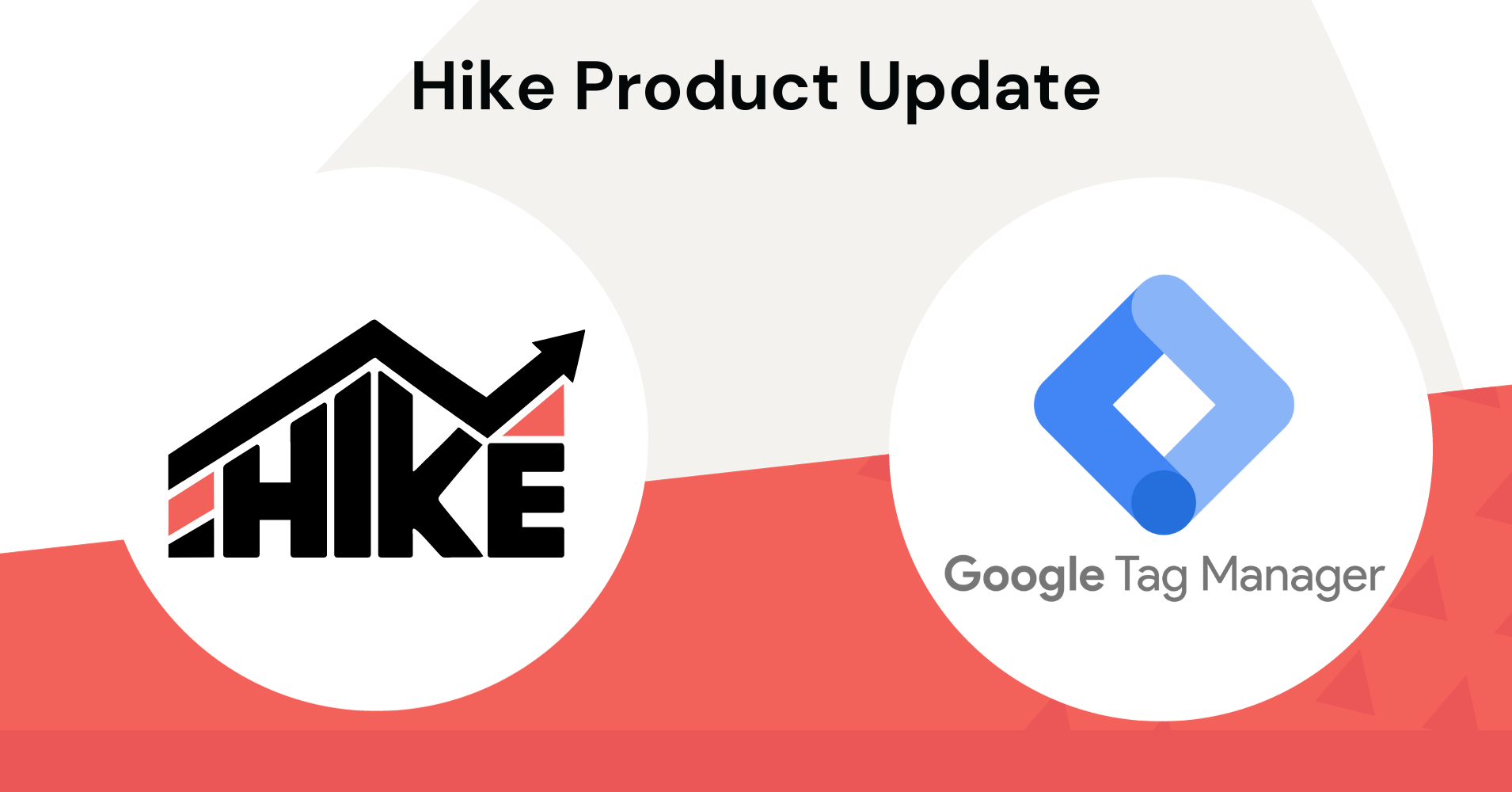Developing a compelling brand identity is akin to crafting a story — one that resonates with your target audience and differentiates your small business in the bustling marketplace.
What’s the secret to this story’s success?
Read on, as we delve into the strategies that can help any small business build a formidable brand identity.
The core of small business marketing: Defining your brand identity
Brand identity is more than a flashy logo or a catchy tagline; it’s a collection of elements that distinguishes your business and communicates your company’s essence to your customers.
This identity embodies the values, personality and unique selling propositions of your business. You may think big-name brands when discussing brand identity, but it’s equally crucial in small business marketing.
As a small business, your brand identity can have a profound impact on your customer’s perception and loyalty. It can be the key to gaining that all-important competitive edge, even when resources are limited.
The journey to a compelling brand identity
There are several steps to follow when crafting a unique brand identity for your small business:
Understand your business
Knowing who you are is the cornerstone of brand identity. Take a close look at your company’s mission, vision and values.
Let’s consider an imaginary organic coffee shop, “Beans & Dreams.” Their mission might be “to serve the highest quality organic coffee, while promoting sustainable farming practices.”
Define your target audience
Your brand should be a reflection of both your business and your audience.
Beans & Dreams, for example, would aim their brand marketing efforts toward eco-conscious coffee enthusiasts who appreciate high-quality, organic products.
Develop your unique selling proposition (USP)
Identify what sets your business apart. Beans & Dreams could leverage their dedication to organic farming and high-quality coffee as their USP.
Create a brand voice
Your brand voice is how you communicate with your audience. It should be consistent across all platforms, whether social media or marketing collateral.
Beans & Dreams might adopt a warm, enthusiastic and slightly educational voice to share their passion for organic coffee and sustainability.
The building blocks of a brand identity
Once you’ve laid the foundation, it’s time to create the visual and verbal elements of your brand identity.
Design a logo
Your logo should visually represent your business and be instantly recognizable.
Beans & Dreams might consider a logo that combines a coffee bean and an earth icon, reinforcing their dedication to organic practices.
Decide on your colors and typography
These elements should be consistent across all platforms.
For Beans & Dreams, earthy tones and a simple, robust font might be fitting, signifying their commitment to natural, quality products.
Develop your tagline
This short statement encapsulates your business’ essence.
Beans & Dreams could use something like, “Beans & Dreams: Your daily cup, our global mission.”
Consistency is key
Remember, your brand identity should shine through consistently in everything you do — from your website to your customer service.
Marketing your brand: Digital strategies for small businesses
After you’ve crafted your brand identity, it’s time to market it. Your branding should permeate every aspect of your small business marketing.
Here are some digital strategies to consider:
Build a strong online presence
Having a robust online presence can level the playing field for small businesses. A visually appealing, user-friendly small business website that reflects your brand identity is crucial.
Beans & Dreams could have a website filled with imagery of organic farms and high-quality coffee, with blog posts educating visitors about their farming practices.
Leverage social media
Social media platforms allow you to reach a wider audience. Regularly post engaging content that reflects your brand.
Beans & Dreams could share behind-the-scenes shots of the coffee preparation process, share farmers’ stories or even run contests to name their next blend.
Implement SEO strategies
A good SEO strategy will help you rank higher in search results, making it easier for potential customers to find you.
For example, Beans & Dreams would optimize their content with relevant keywords, like “organic coffee” or “sustainable farming.”
Use content marketing
Sharing relevant, valuable content can increase your brand visibility and position you as an expert in your field.
Beans & Dreams might create a blog to share the latest coffee trends or publish interviews with their farmers.
In conclusion, building a strong brand identity doesn’t happen overnight, but it’s a worthwhile investment that can shape your customers’ perception and boost your small business marketing efforts.
Remember, your brand identity is your story, and you’re the storyteller. Be consistent, authentic and audience-focused, and your story will resonate.
Are you ready to build your brand and elevate your small business marketing? Learn more about Marketing360 here.

